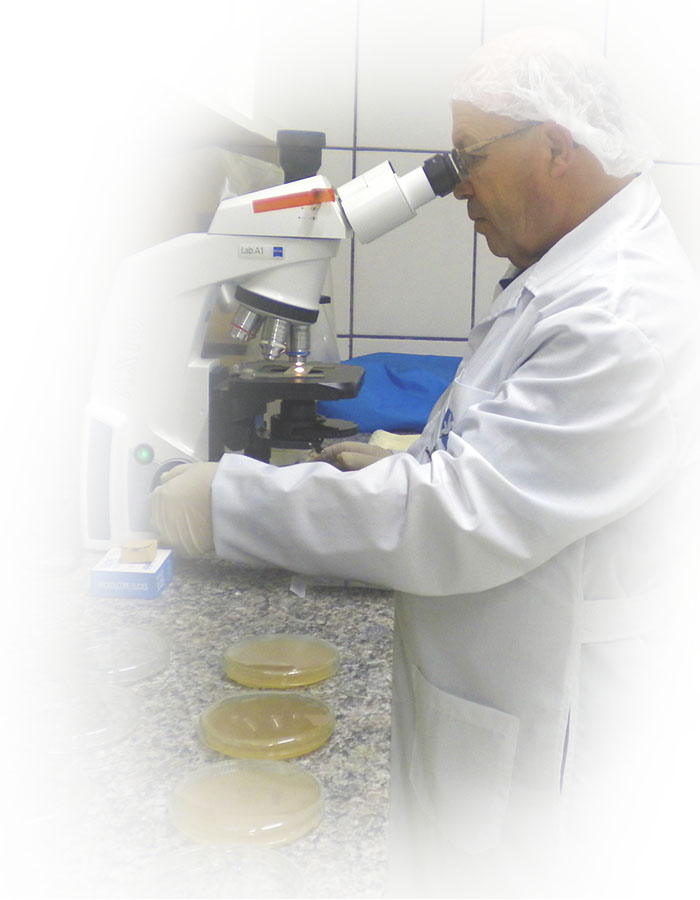
The Sisnate® Biological Treatment consists of a support inoculated and activated with microbial consortia that were isolated in the laboratory without undergoing any type of genetic change in their DNA. It comprises seven different types of species of microorganisms in proportional units of volume, according to the customer's flow data. Reports issued by a laboratory accredited by INMETRO proved that these species do not pose a risk to the environment and humans after acute ecotoxicity tests in accordance with the ABNT NBR 12713/09 standard.
Contaminated water is collected in containers and in the last container and stage of natural biological processes the water leaves decontaminated and unpolluted for residential or industrial reuse, not requiring continuous and permanent maintenance as the installations require minimal technical support and results with up to 98% efficiency. in your process.

